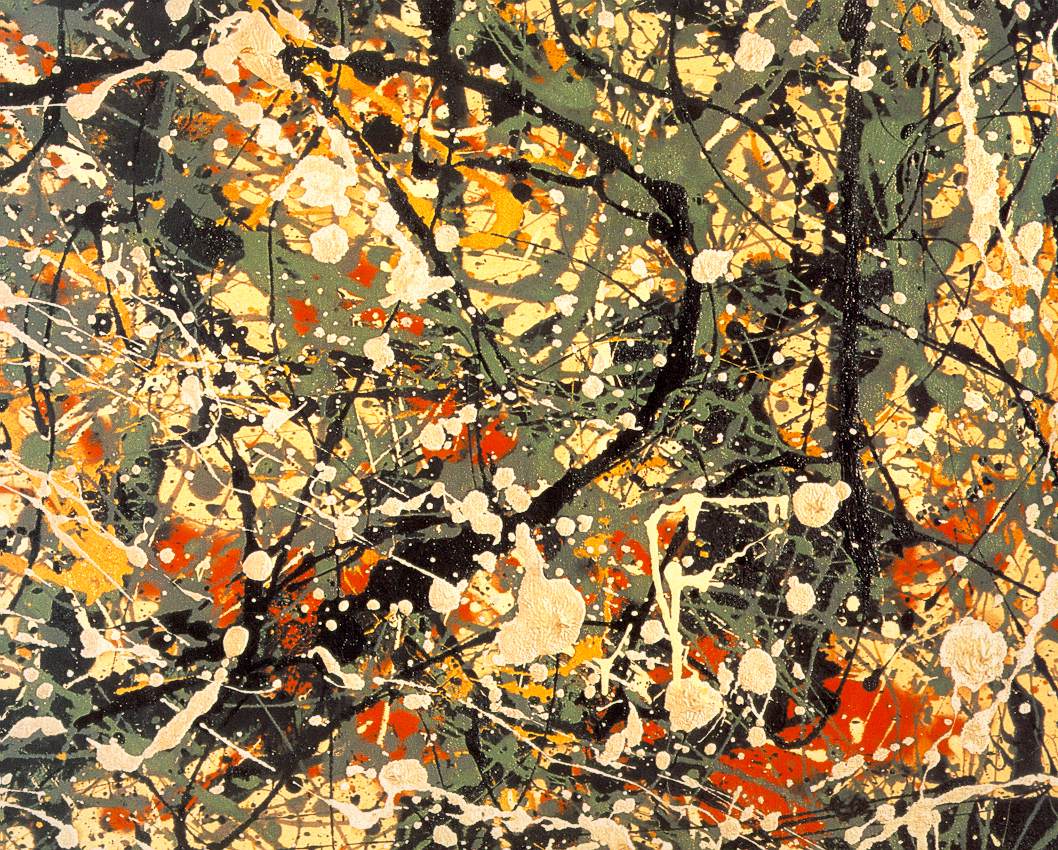This unit gives an overview of art's transformation into the modern age. With machinery and robots allowing different avenues to create art, we can see this era causing a shift in the production of art. As Benjamin Walter said, "To an ever greater degree the work of art reproduced becomes the work of art designed for reproducibility."
Walter's rather convoluted statement describes the effect of industrialization on art. In an era where the virtues of mass production are being realized, with lines of identical Model Ts rolling off the production line, people also strove to apply these industrialization principles to art. This heralded the beginning of movies, where a film could be shot once and identical reenactments could be broadcasted in theatres all across the country.
These first uses of machinery to drive art eventually grew into art we see today: art that is heavily driven by machines, or is a machine in itself. One example of a modern day machine that, while not conventional art, could still be considered art, can be seen below.
References
"The Very First Motion Picture (1889)" Youtube. Youtube, 16 Jul. 2008. Web. 19 Apr. 2015
<https://www.youtube.com/watch?v=dDmAxdLvdQ4>
"The History of Motion Pictures" The History of Motion Pictures. Web. 19 Apr 2015.
<http://faculty.washington.edu/baldasty/JAN13.htm>
"Useless Box with Surprises" Youtube. Youtube, 5 Oct, 2011. Web. 19 Apr. 2015
<https://www.youtube.com/watch?v=apVR5Htz0K4>
Benjamin, Walter. The Work of Art in the Age of Mechanical Reproduction. London: Penguin, 2008. Print.
"Behind ‘Big Hero 6′: How Disney Animation is taking on their first Marvel property" Andrew Sims. Web. 19 Apr, 2015
<http://www.hypable.com/big-hero-6-san-fransokyo-disney-marvel-adaptation>
_poster.jpg)





